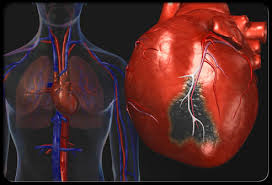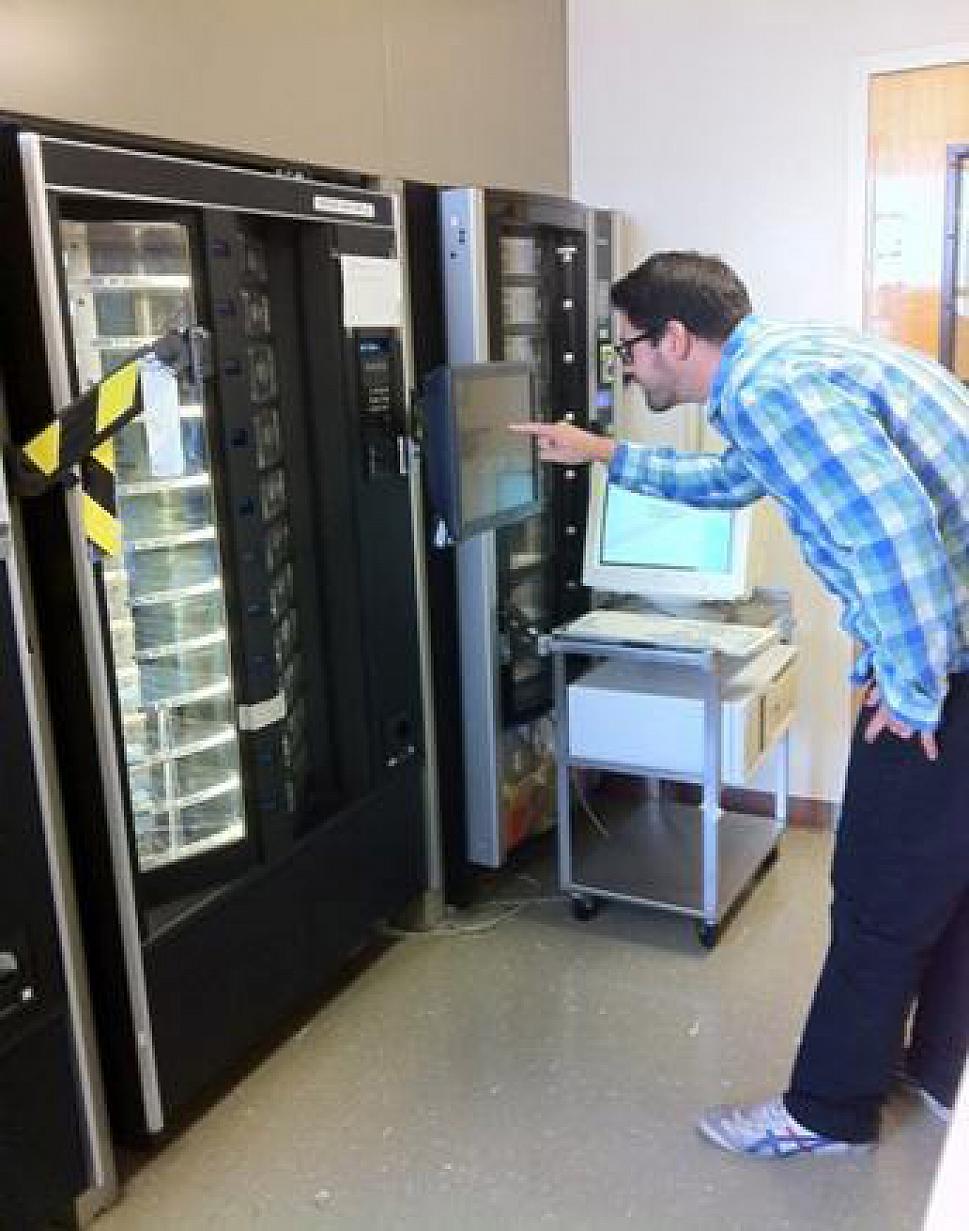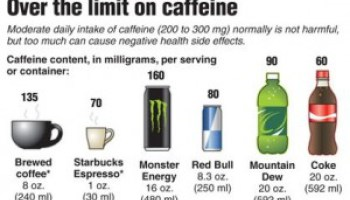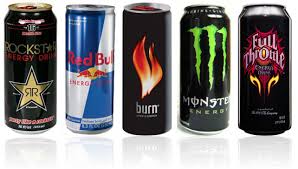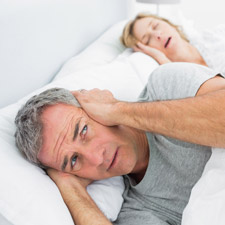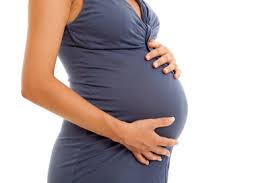Current information suggests that ISIL (aka Da’esh), al-Qa’ida, Boko Haram, and other terrorist groups continue to plan terrorist attacks in multiple regions. These attacks may employ a wide variety of tactics, using conventional and non-conventional weapons and targeting both official and private interests. This Travel Alert expires on February 24, 2016.
Authorities believe the likelihood of terror attacks will continue as members of ISIL/Da’esh return from Syria and Iraq. Additionally, there is a continuing threat from unaffiliated persons planning attacks inspired by major terrorist organizations but conducted on an individual basis. Extremists have targeted large sporting events, theatres, open markets, and aviation services. In the past year, there have been multiple attacks in France, Nigeria, Denmark, Turkey, and Mali. ISIL/Da’esh has claimed responsibility for the bombing of a Russian airliner in Egypt.
U.S. citizens should exercise vigilance when in public places or using transportation. Be aware of immediate surroundings and avoid large crowds or crowded places. Exercise particular caution during the holiday season and at holiday festivals or events. U.S. citizens should monitor  media and local information sources and factor updated information into personal travel plans and activities. Persons with specific safety concerns should contact local law enforcement authorities who are responsible for the safety and security of all visitors to their host country. U.S. citizens should:
media and local information sources and factor updated information into personal travel plans and activities. Persons with specific safety concerns should contact local law enforcement authorities who are responsible for the safety and security of all visitors to their host country. U.S. citizens should:
- Follow the instructions of local authorities. Monitor media and local information sources and factor updated information into personal travel plans and activities.
- Be prepared for additional security screening and unexpected disruptions.
- Stay in touch with your family members and ensure they know how to reach you in the event of an emergency.
- Register in our Smart Traveler Enrollment Program (STEP).
Foreign governments have taken action to guard against terrorist attacks, and some have made official declarations regarding heightened threat conditions.
Source: U.S. State Department

 Decaf drinkers also saw benefits.
Decaf drinkers also saw benefits. sensitive. (I feel jittery if I have more than one strong cup!)
sensitive. (I feel jittery if I have more than one strong cup!) diameter and can be released into the air from farming, construction projects or even wind in the desert – impacts public health. It has long been understood that particles smaller in size, which typically come from automobile exhaust or power plants, can damage the lungs and even enter the bloodstream. This is believed to be the first study that clearly implicates larger particles, which are smaller in diameter than a human hair.
diameter and can be released into the air from farming, construction projects or even wind in the desert – impacts public health. It has long been understood that particles smaller in size, which typically come from automobile exhaust or power plants, can damage the lungs and even enter the bloodstream. This is believed to be the first study that clearly implicates larger particles, which are smaller in diameter than a human hair.